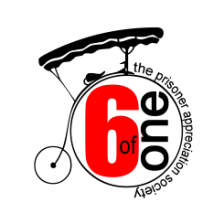THE PRISONER

The Prisoner has been hailed as the first television classic. It has been described as the thinking person’s television. It always provokes reactions from the viewers when it is repeated around the world. For many, Patrick McGoohan portrays the safeguarding of freedom and individuality.
It is as though the character of Number 6 represents the never-ending challenge to our struggles in life from the establishment. McGoohan himself stands against the erosion of free thought and free choice. His character, Number 6, is frequently applauded as a role-model - a man who is confident, resourceful and honourable. The Village, in which he is trapped, shows us the comfortable lives of its citizens, who are brainwashed and
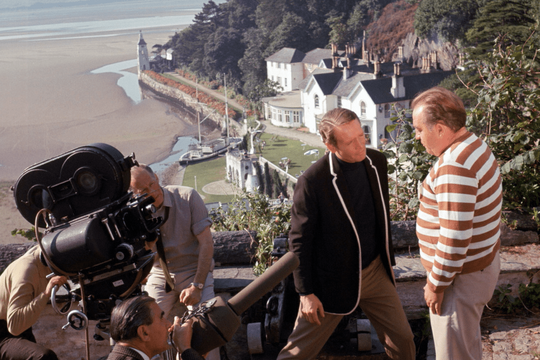
subjected to constant surveillance. The rebellion by one man influences and dares us to find answers to the many questions. Fortunately, for we viewers, the programme was made with a high budget and with the greatest attention to detail. McGoohan has said that he dislikes attempts to categorise the series. Whether it is science fiction, fantasy, allegory, political drama or plain adventure, depends upon the imagination of the viewer. The editing of scenes in the episode is fast. McGoohan wanted it that way. One of the most important scenes, when Number 6 meets Number 1 in ‘Fall Out’, lasts only for a few seconds. McGoohan wants his audience to think about what they are watching: he does not provide them with much time or any ready answers. This way, there is much space for one’s own interpretation. If you have inside you the elements which make up the character of Number 6, you will be able to fight off the temptation to arrive at simple or superficial conclusions. Instead, there is a positive delight in meeting the challenge of The Prisoner head-on. McGoohan never required us to think one way or the other - everything is left to the individual.
There are obvious questions, such as the background of Number 6, the identity of Number 2, the force or power in control of The Village and whether Number 6 really escaped at the end of the series. There are also much deeper questions, such as whether science should be used to control people, whether rules and regulations should be blindly accepted, whether the opinion or will of the majority should be inflicted upon the minority and whether the private thoughts and dreams of any person should be interfered with or controlled.
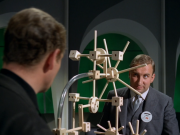
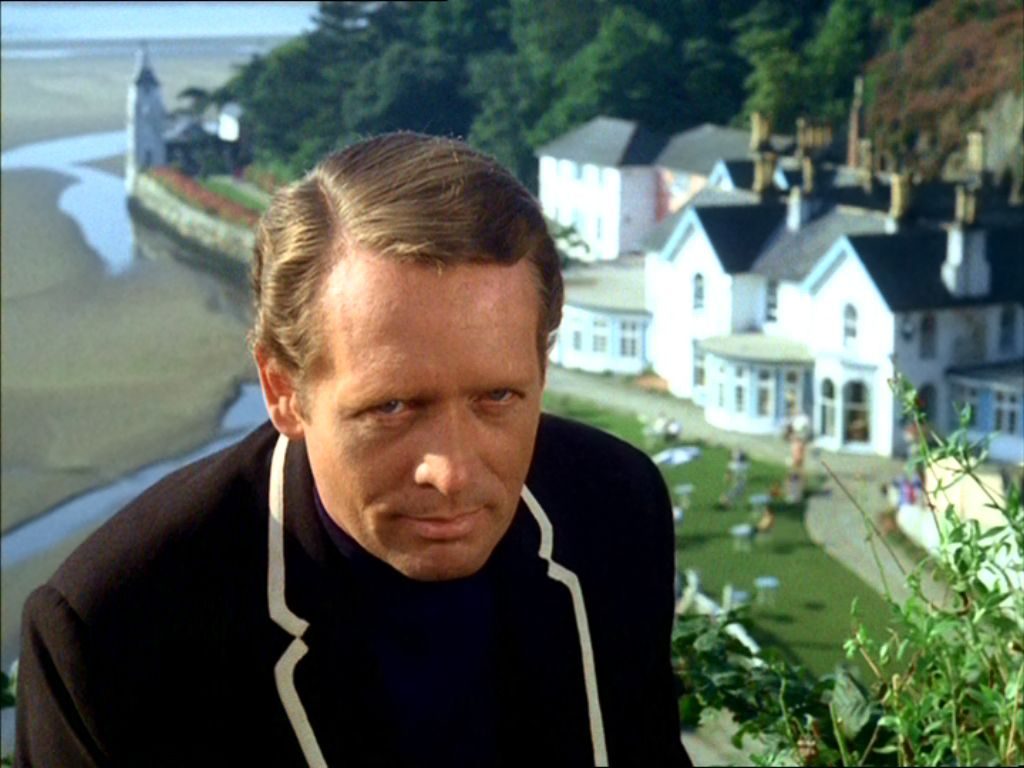
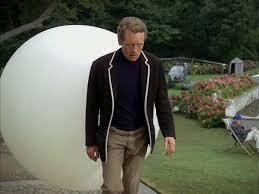
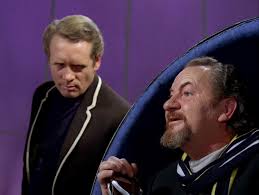
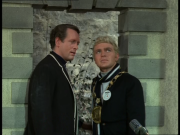

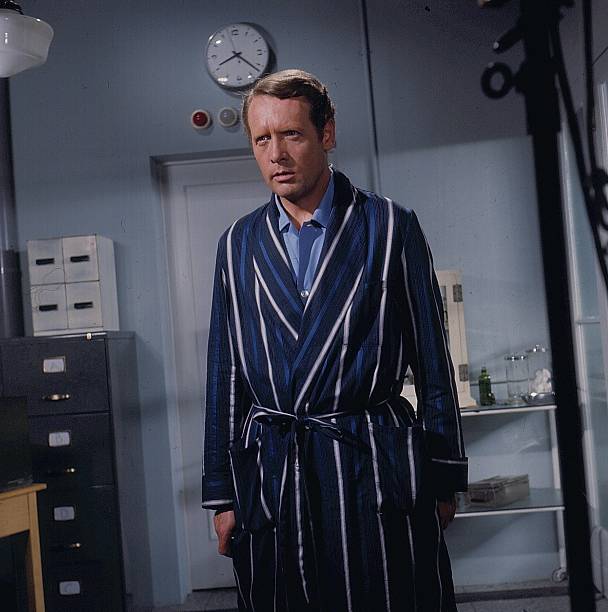
The Prisoner is the sum of its parts and it is impossible to choose certain episodes or plots to consider in isolation. It is colourful, defiant and challenging. McGoohan said that the stories were all about one man’s unflinching battle for survival as an individual. He also said that the worst enemy of man is surely himself - the evil in him is the worst thing on Earth. The Prisoner presents on one side a doctrine of responsibility and conscience. On the other side, it represents unrest and unanswered questions. At the beginning of every episode, Number 6 asks ‘Whose side are you on?’
The Prisoner can be seen as an abstract impression of the world we are living in. The episode ‘Fall Out’, with the powerful rocket, suggests that we might be in danger of destroying our planet - or our ideals. The statement ‘Be Seeing You’ can also be spoken as a question - ‘Be Seeing You?’
The Prisoner has concentrated our minds upon questions, whilst allowing us to enjoy the very best that television can offer.
Extracts from Prisoner of ‘The Prisoner’ © Roger Langley. (Translated from ‘Le Prisonnier:
Chef-D'oeuvre Télévisionnaire’ - AlainCarrazé / Hélène Oswald; 1989, Huitième Art, France)

For more information, please visit the Key Links page which will guide you to a wealth of Prisoner and Patrick Mcgoohan related literature, memorabilia, merchandise and Audio-Visual material.
